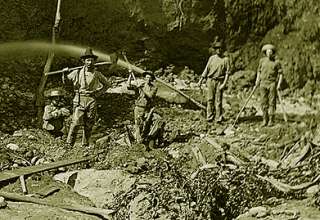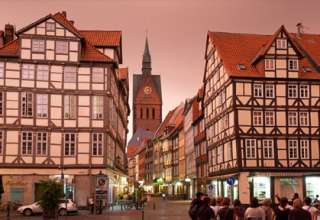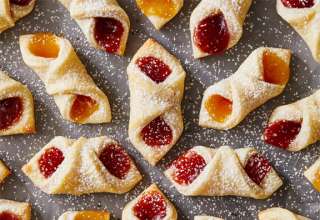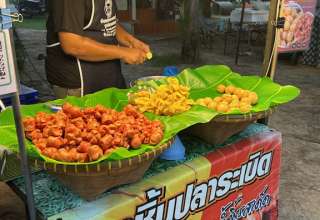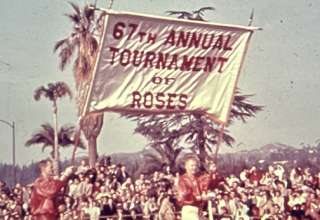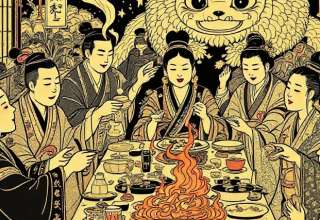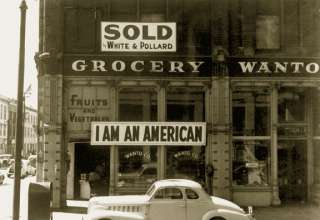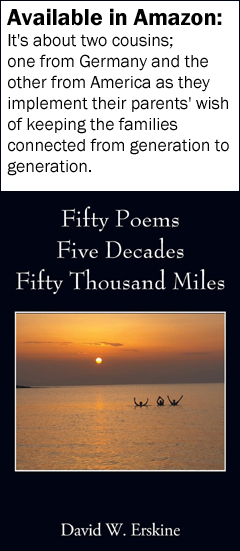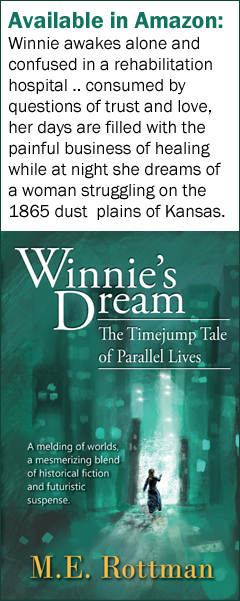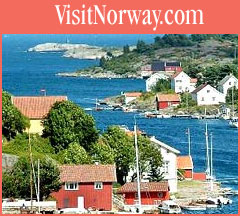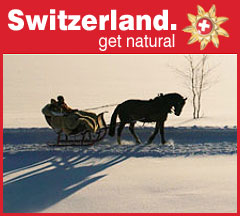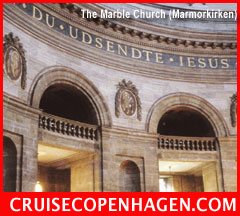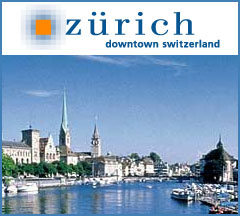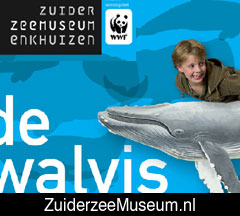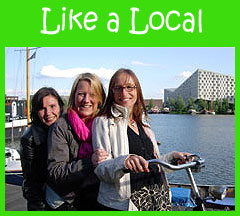Traveling Boy’s Memory Lane Invites all writers to share their stories to the world. As long as websites in the internet are accessible, these stories will be your footprint of your life adventures. They may be happy, sad, playful, religious, political, narrative, poetic, etc. The more creative and the more honest, the better. Years … centuries from now, some alien ship will find this website and will wonder what mankind was all about. Your articles will answer a lot of their questions.
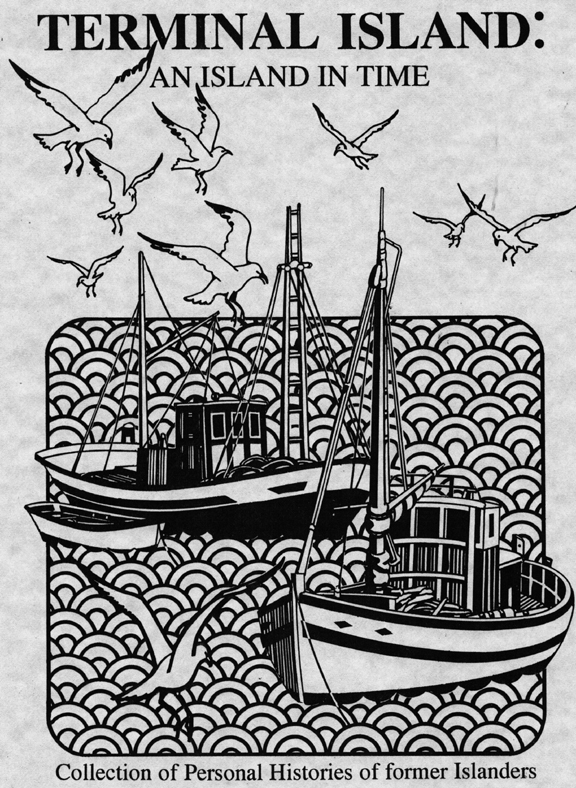
An excerpt from the Terminal Island series
Written by guest writer Frank Koo Endo in 1994
The life in time of my memoir took place over fifty years ago on Terminal Island, located just east of San Pedro, California. It was sometime early in 1935 that my parents moved to Terminal Island with me and my twin brother, after spending five years in Los Angeles operating a chop suey restaurant.
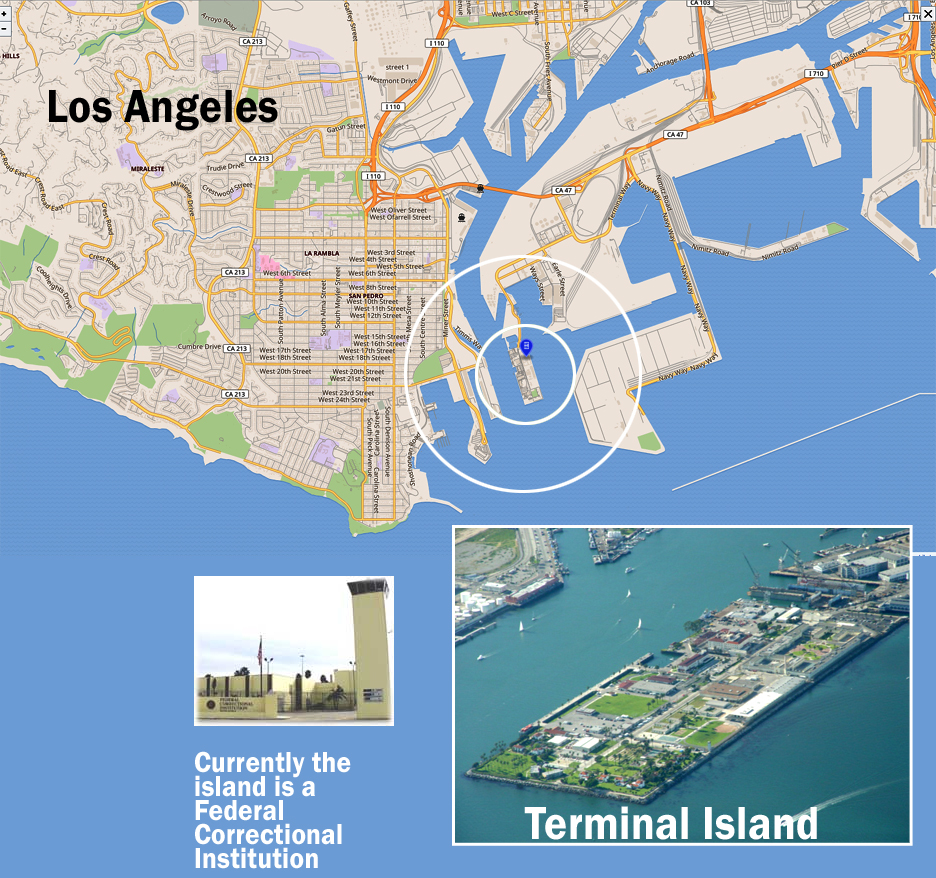
My parents are of Japanese descent and immigrated to Wilmington, California in 1919 to work in the fishing industry. “My father, Matsukichi Endo, was born in a small fishing village in Shimizu City and my mother, Reiko (Ikerani) Endo was born in Iwabuchi City. Both of these cities are located in Shizuoka Prefecture, near Mt. Fuji, about 100 miles southwest of Tokyo. My twin brother and I came into the world in April 1923; our parents named me Frank Koo Endo and my brother James Chu Endo.
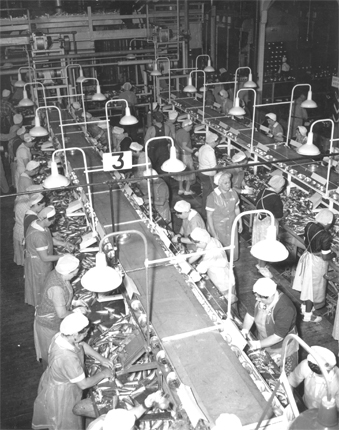
Fish Harbor on Terminal Island was located on the southwestern part of the island and consisted of a fishing fleet, canneries, and 5,000 Japanese men, women and children. The adults were the first generation Issei (a Japanese immigrant to North America), and their children who were born in America are the Nisei (second generation) like myself. The fishermen working out of Fish Harbor visited the local waters of Catalina, Santa Barbara and San Diego to catch sardines, mackerel, skipjack and tuna throughout the year. My father was captain of a small fishing boat and had several men working for him. My mother worked in the fish cannery of which they were part owners. Each cannery had a very loud whistle which was sounded when a ship came into the harbor with a catch, signaling that it was time to go to work. Most of the ladies knew what cannery was calling for work by its distinctive whistle. At times I recall hearing the loud whistles from the various canneries being blown one after another. This meant that many ships had come back full with fish. My mother, like all of the ladies, had her work clothes ready at all times, because there was no definite schedule as to when the ships would be coming in. Most of the ships did not have a radio or other communications equipment. Upon hearing the sound of the whistle, my mother would drop whatever she was doing, change clothes and run to work along with many others in the neighborhood. Four of the largest canneries were French Sardine, Van Camp, Franco Italian and Southern California.
We moved into a wooden structure home built by the fish canneries that was already occupied by two other families. Our home was located in the north end of Fish Harbor and was called “Hokkaido” by the locals, because in Japan, Hokkaido is the northernmost island. We only had two bedrooms and a kitchen. We shared two toilets and only one bathtub with the other families. The bathtub was constructed of wood, Japanese-style. Every evening, on a rotation system, one family would fill the cub with fresh water and then heat it with firewood until it was hot. It was customary for each person to wash their body prior to entering the tub, since everyone residing there utilized the same hot water.
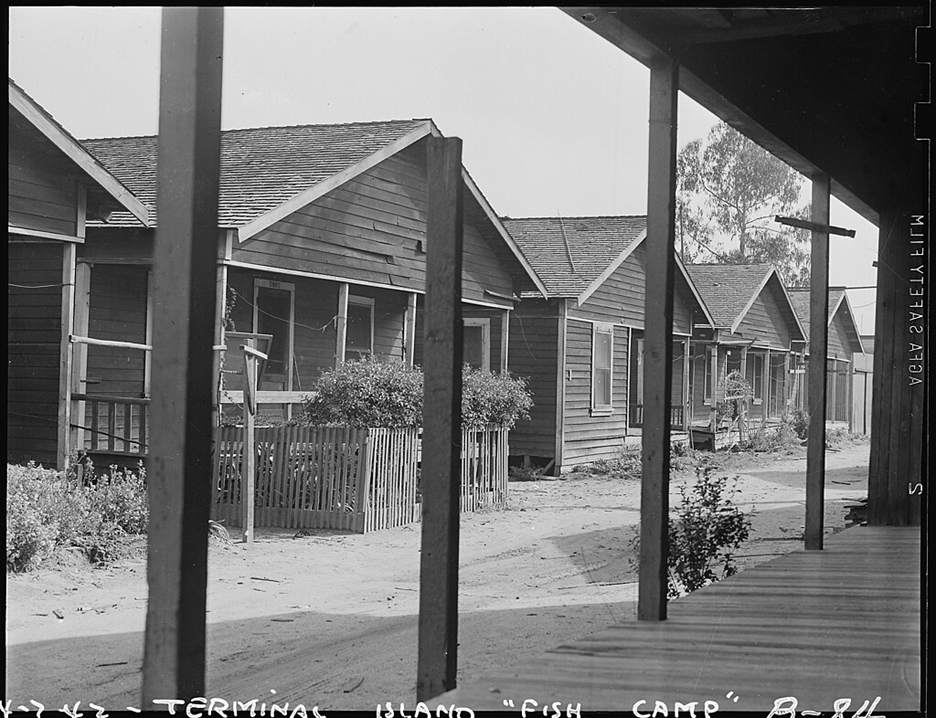
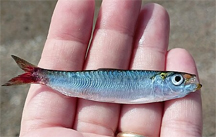
The street that I lived on was called Pilchard. Pilchard is the name of a fish. In fact, most of the streets were named after fish such as Tuna, Albacore, Sardine, Barracuda or other related names such as Cannery, Wharf, Terminal Way, etc. Most of us lived on unpaved dirt streets.
The main street that extended from one end of the island to the other is called Seaside Avenue, and still exists today. Near our home, at the corner of Pilchard and Seaside Ave. was a fire station, and it, too, is still in use. There was also a fireboat station house located on the westside of the harbor along with the petroleum companies that catered to the fishing fleet. During the first few years, I spent my summers going to Brighton Beach, which was a very popular swim spot.
I entered East San Pedro Grammar School, and started in the 5th grade with 30 other Nisei students. The teachers were all Caucasian. Prior to moving to Terminal Island, my brother and I had been attending an all-Caucasian public elementary school. I was eleven years old when all of a sudden I was residing among many young Japanese kids my age who were speaking a lot of Japanese to each other. I was amazed! Consequently, my parents made my brother and I attended Japanese language class twice a week after school. I really hated it because it was so different from the English language. This turned out to be an asset later in life, as I served as an interpreter in the U.S. Military Service during World War II.
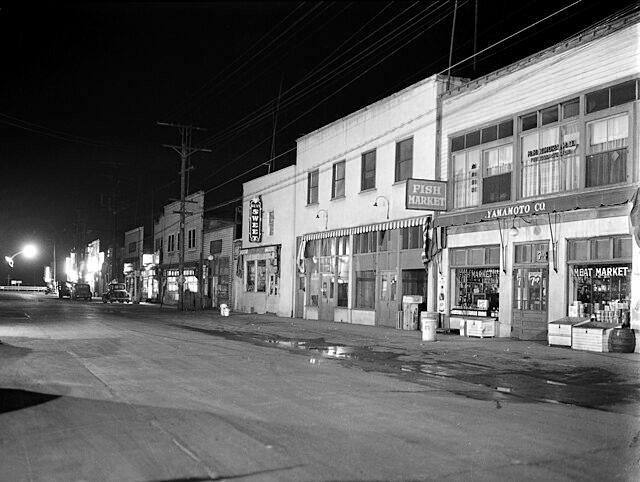
The Issei women living on Terminal Island had almost no need to learn English since they could speak Japanese for all their daily activities. The grocery store person, drug store owner, doctors, dentists, etc. all spoke Japanese. When leaving the island, the men usually accompanied their spouses. Since the men made trips off of the island more frequently into the American society, they had some knowledge of the English language, like my father did. I admired my father for that and it enabled him to operate his chop suey restaurant before moving to Terminal Island.
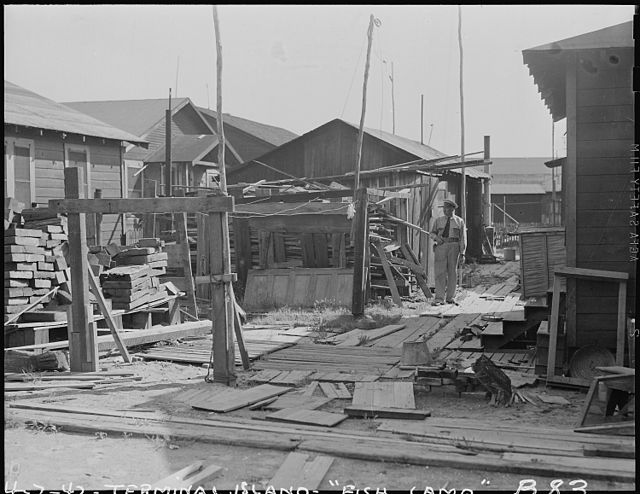
My lifestyle changed after graduating from grammar school. I had to cross the Los Angeles channel on a ferryboat to San Pedro to attend Dana Junior High School, which is approximately two miles from the ferryboat landing. There was a public bus, but it cost five cents, so the majority of us walked. Most of us made our own sandwich for lunch at school because our parents were too busy. When my mother had time, she made bento (Japanese-style lunch) with rice because we got tired of eating the same sandwich all the time!
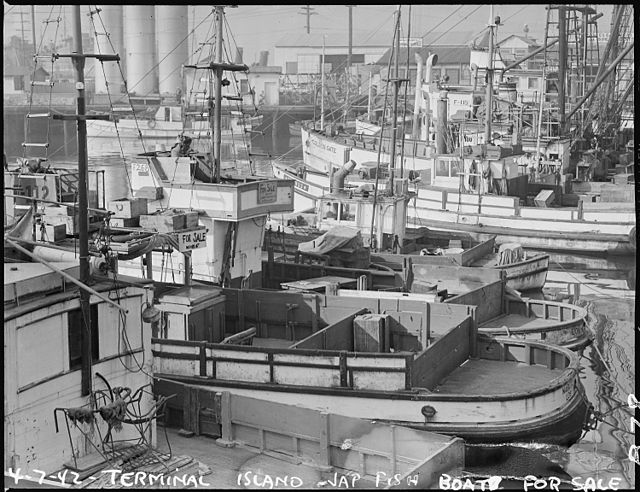
While at Dana Junior High School I learned how to build a crystal radio set, and enjoyed listening to it in the evening before going to bed. Personal radios were too expensive. I built an antenna about 100 feet long. Some of my neighbors had similar antennas, too. When the war broke out, the FBI looked for all radios connected to those antennas.
Every summer, my folks gathered with their friends from Shizuoka Prefecture. Several buses were hired so that everyone could attend the annual Kenjinkai (Prefecture Association) picnic, held at Banning Park in Wilmington. During those years no one had their own automobile. There was no need for one. Furthermore, it was prohibitively expensive. On the picnic grounds a stage would be set up, and various people would get up to sing and dance. They had a drawing and gave away lots and lots of prizes. The children would participate in all kinds of races to win toys. We would spend our time eating bento, talking with our friends, and enjoying the entire day there. The same kind of picnics were conducted by the other Kenjinkai such as Hiroshima and Wakayama, but they had larger groups than Shizuoka. I remember having a great time at those picnics. It brought family, friends, and relatives together.
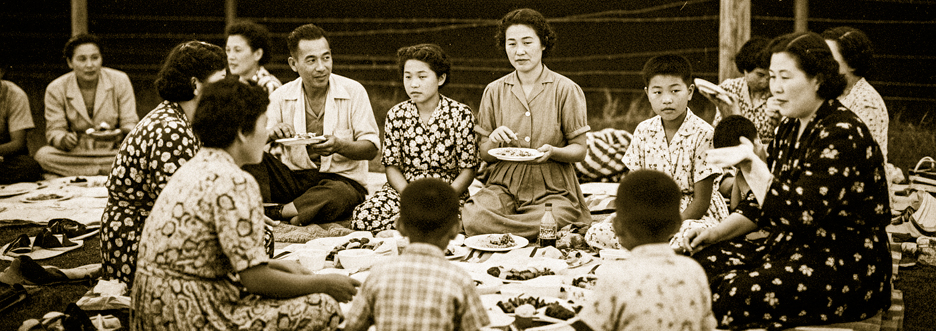
Just before Christmas, which we all celebrated (even if you were Buddhist), the annual mochitsuki or the pounding of the special rice for the New Year celebration could be seen throughout fish harbor. The pounding of the rice was done outdoors. Many families would jointly organize the cooking of the rice, pounding, and the hand-shaping of the mochi. The men used special mallets to pound the mochigome (steamed rice) into a large depression carved out of a stone block. Two or three men would take turns. pounding the rice until it became sticky or paste-like. It would then be placed on a table with rice flour and the ladies would make domed shaped rice cake mochi of various sizes.
I participated in this festivity by pounding rice. It was lots of work, but I felt it was worth it when we were able to enjoy the finished rice cake.
I attended the local Baptist Christian Church and became a Christian at the age of 13. My brother and I continued to attend this church until we were no longer able to when World War II was declared.
In the summer of 1938, I was 15 years old and was offered work picking grapes for two months in the city of Arvin, near Bakersfield. It was the Kawasaki Farm. I worked side by side with other Japanese farm workers twice my age and older. It was the hardest I had ever worked in my life. Each day, I learned to become better in picking and boxing grapes in the hot sun. I was really glad when summer ended and got back to Terminal Island.
We had kendo and judo in our community. At the suggestion of my father, I took judo classes twice a week. Several months later, I went to an Open House at San Pedro High School, the school where I would be attending the next year. There were gymnasts working out in the gym. I noticed a gymnast doing a handstand on the parallel bars. I had never seen this before and it impressed me so much that I vowed to work on a handstand every day during gym class so that by the time I got to high school I would be able to perform that same skill.
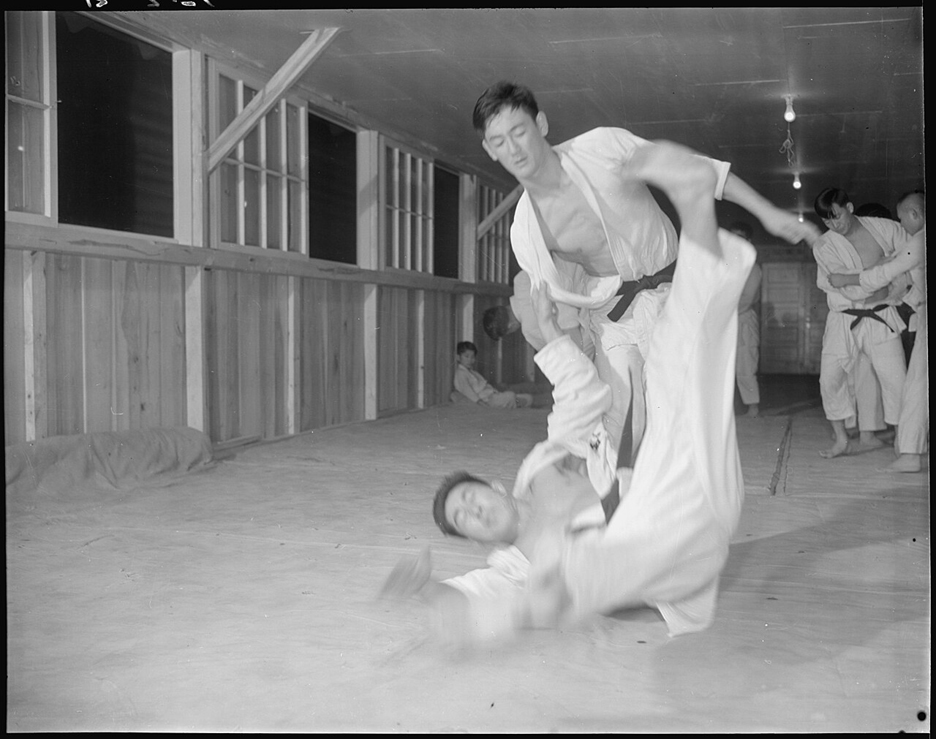
End of Part One. Stay tuned for Part Two.
